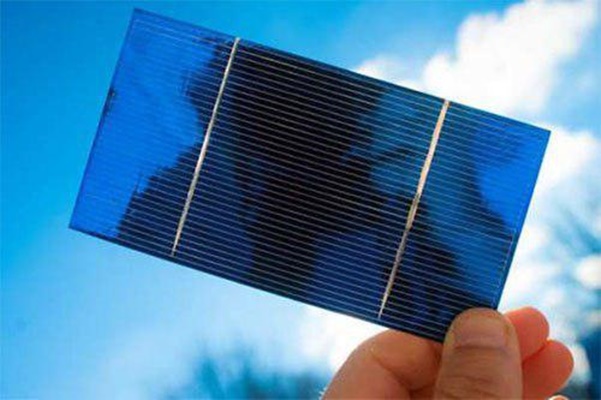Sholeh Kazemifard, a graduate of Amir Kabir University of Technology in applied chemistry, is the director of the research centre where these new solar cells were developed.
She says silicon solar cells have been developed and expanded as the first devices for direct conversion of sunlight into electricity based on photovoltaic phenomena.
“These devices are very expensive because of the use of pure silicon. But in order to reduce the price, we have started to make solar cells based on light-sensitive compounds including non-silicon mineral compounds, organic colours and compounds such as polymers,” she told Mehr News Agency.
If the flexible model of these cells is made, they can be installed on bendable surfaces such as clothes and handbags, she added.
“For example, they can be installed on a handbag to supply the required power for personal belongings. They can charge a mobile phone or tablet without having to carry the charger.”
The samples made with applied laser pigments have been designed for the first time in the world, and thus their upgrade has also been studied by this research group.
“By changing the thickness of the solar cells and the applied pigment concentration we could produce 21 mA power. At the moment, as the solar cells system is a new technology around the world, any solar cell other than the silicon ones has not been mass produced,” she said.
“But the newly devised model can attract investment due to the high voltage and power,” she went on to say.
Kazemifard further mentioned the built-in cells have a light weight, and can be mass produced by using roll-to-roll techniques (like newspaper printing). Therefore, they do not require much space for mass production.
“Also, by changing the usual polymers and synthesizing new materials, we can reach higher voltages through affecting the conductive material bandgap. The applied pigments cover the visible and ultraviolet points and absorb high-energy photons in this area. Therefore, in addition to the transfer of charge, they transfer the energy.”
These cells are designed to be used in all places, including traffic signs, VMS boards, and traffic lights. They can supply power for mountainous regions and also telecommunications systems. They can provide power for factories located in the areas in which cabling is not cost-effective such as hard routes, etc.
The results of these research papers are published in international journals and presented at domestic and international conferences. The patent and certificate of the Industrial Research Organisation of Iran has been obtained for these achievements, added this researcher.
Among various sources of renewable energy like sunlight, wind, water and geothermal, solar energy is considered an important source for reducing dependence on fossil fuels and environmental pollution. That’s why researchers around the world are looking for practical and cost-effective ways to replace other energies with this one.
With the first largest gas reserves and the fourth oil reserves in the world, Iran is a global hydrocarbons giant. The Iranian policymakers, however, are very eager to develop renewable energies to increase energy security, reduce the country’s dependence on hydrocarbons, and realize its growth targets in electricity demand.
Iran’s topography is quite appropriate for renewables and that makes the fulfillment of these objectives pretty realistic and probable for the Iranian government.
Iran enjoys a great diversity in its climate and vast arid regions. The southern, northwestern and southeastern regions of Iran receive around 300 days of sun per year, and thus are uniquely suitable for solar energy production.
According to the data released by Iran’s Vice-Presidency for Science and Technology, the government has given particular priority to the country’s central regions, including Yazd, due to its climate and proximity to the national power grid.
